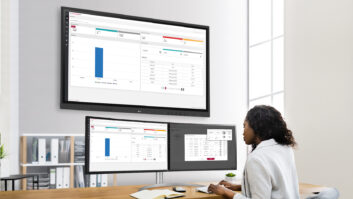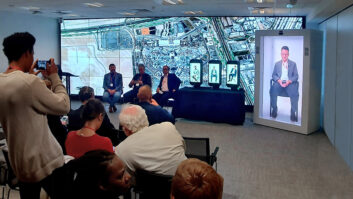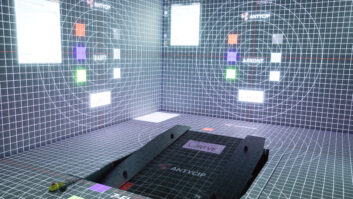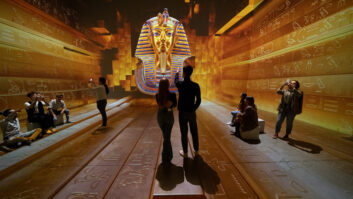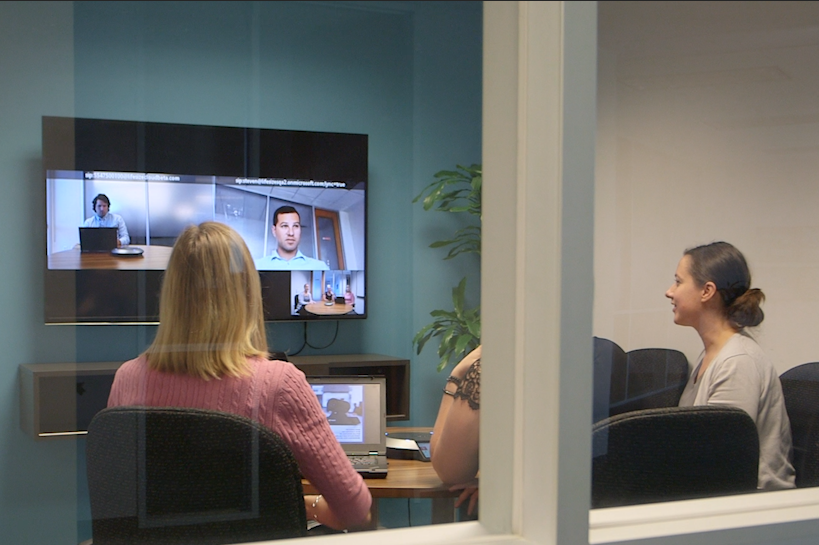
Bobby Beckman, CTO at Lifesize, presents four collaboration technology trends to watch out for this year.
As is tradition, ‘tis the season for gazing into the crystal ball to predict the technologies that will impact how we collaborate and communicate in the workplace over the coming year. It can often be tempting to look too far into the future, but with the new year around the corner, I’m more interested in the developments that are likely to have an immediate influence, rather than escaping into the realms of science fiction. Here are my predictions.
4K resolution
The conference room will become an even more critical part of conducting successful meetings with the help of highly sophisticated 4K cameras that feature the best resolution the industry has seen. This technology has grown significantly in the home environment as seen in TVs and PCs, but as more millennials enter the workforce, the demand for high-quality video resolution (aka lifelike video) in the office will grow exponentially. Not only does this increase in quality improve the overall meeting experience, it is also essential in driving other advancements in technology, including…
Machine vision
With innovation driving installation of smarter, higher-quality cameras in the workplace, these ‘eyes in the office’ will gather important data to help give context to how a meeting is proceeding – much like sentiment analysis used for customer service calls. Typically, there is only one camera in a conference room and it doesn’t give a good indication of how the room truly looks or feels. For larger meetings, multiple cameras will utilise machine vision to help check the mood of the room: Are people engaged? Is there free-flowing conversation? Is someone sleeping? What is on the whiteboard? And then of course, the system will provide useful data to change meetings for the better, largely through…
Artificial Intelligence and machine learning
Cloud-based videoconferencing solutions give us access to huge amounts of data about meeting habits. This data, aided by AI and machine learning, could allow us to optimise the use of the platform and increase the effectiveness of meetings – many of the other trends in technology (for example virtual assistants and facial recognition) are, in effect, powered by AI. At a basic level, AI could enable us to determine optimal meeting length, ideal number of participants, or best time of the day to hold a meeting to improve productivity. Voice recognition could analyse the content of meetings, compare against other meetings in the same organisation, and make suggestions as to connections between people with complementary skills or knowledge. But all of these trends will only be realised through continued improvements in…
Interoperability
While not as sexy a trend as 4K resolution or machine vision, innovation around interoperability will be (as it has always been) paramount as users continue to demand a consumer-like experience with enterprise collaboration: whatever device, wherever they are, at any time. Applications and devices will need to play nicely with one another. Because of this trend, we will see additional consolidation and partnerships in the industry, as both big and small players try to build out an all-in-one solution that meets the demands of today’s modern worker.
While the coming year will no doubt see other new and innovative uses of existing technology, if the four trends above are realised, we’ll see a significant leap forward in the use of technology to enhance collaboration and increase productivity across all sectors.

